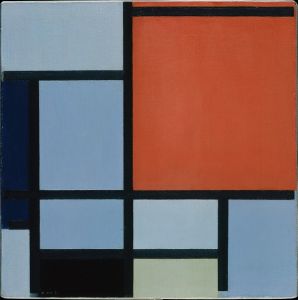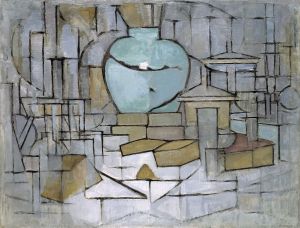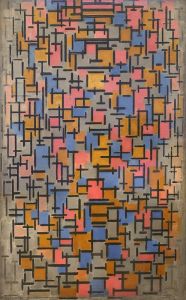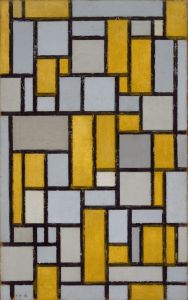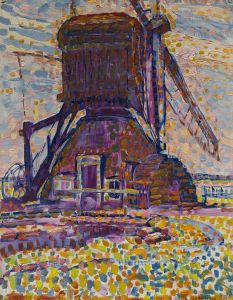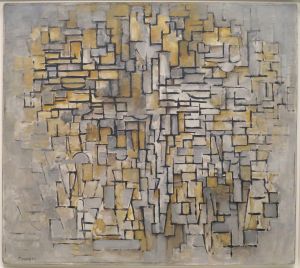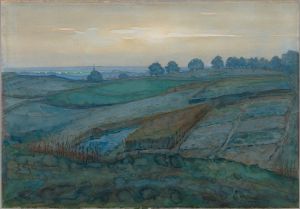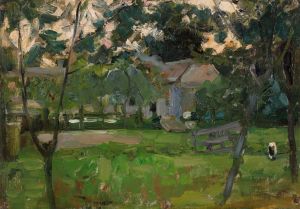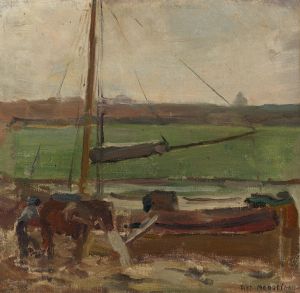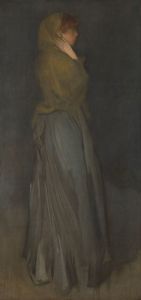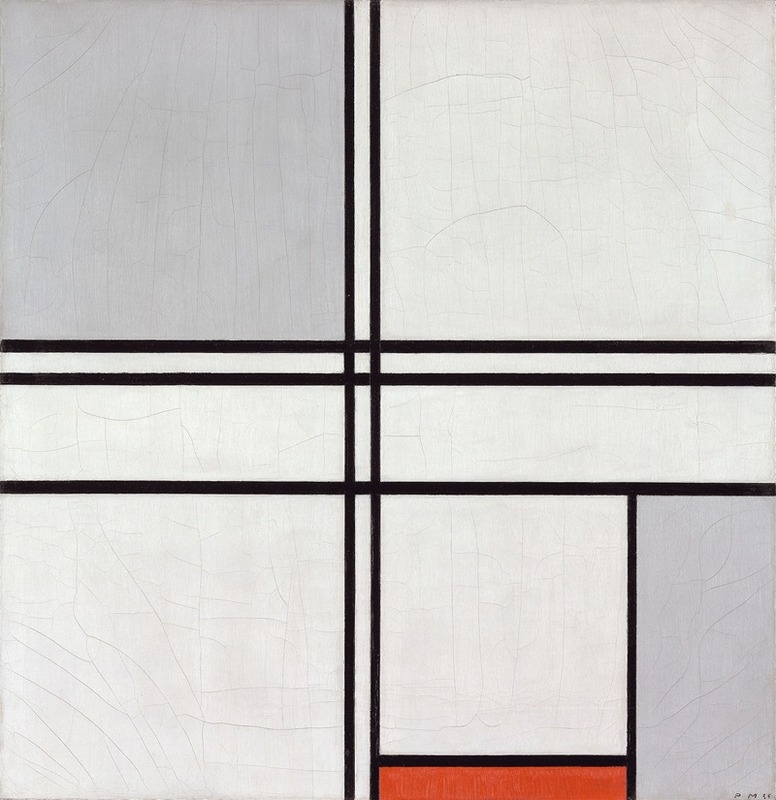
Composition Gray-Red
A hand-painted replica of Piet Mondrian’s masterpiece Composition Gray-Red, meticulously crafted by professional artists to capture the true essence of the original. Each piece is created with museum-quality canvas and rare mineral pigments, carefully painted by experienced artists with delicate brushstrokes and rich, layered colors to perfectly recreate the texture of the original artwork. Unlike machine-printed reproductions, this hand-painted version brings the painting to life, infused with the artist’s emotions and skill in every stroke. Whether for personal collection or home decoration, it instantly elevates the artistic atmosphere of any space.
Piet Mondrian, a Dutch painter, is renowned for his contributions to the De Stijl art movement and his development of a non-representational form he termed "neoplasticism." This style is characterized by a strict use of vertical and horizontal lines and a limited palette of primary colors, along with black, white, and gray. One of his works, "Composition Gray-Red," exemplifies these principles, although specific details about this particular painting are not widely documented.
Mondrian's journey towards abstraction was gradual and marked by a series of stylistic evolutions. Initially influenced by Impressionism and Post-Impressionism, Mondrian's early works were more representational. However, as he moved through different phases, including Symbolism and Cubism, his style became increasingly abstract. By the time he co-founded the De Stijl movement with Theo van Doesburg in 1917, Mondrian had developed a distinctive approach that sought to express universal beauty through the balance of form and color.
"Composition Gray-Red" likely reflects Mondrian's mature style, which is characterized by a grid of black lines and blocks of color. The use of gray and red in the title suggests a focus on these two colors, which would be consistent with Mondrian's practice of exploring the dynamic tension between different hues and the spatial relationships they create. The gray might serve as a neutral background or a balancing element, while the red could provide a focal point or a source of visual energy.
Mondrian's compositions are not merely decorative; they are deeply rooted in his philosophical beliefs. He was influenced by theosophy, a spiritual movement that sought to understand the divine order of the universe. Mondrian believed that art should reflect this order and that by reducing forms to their essentials, he could reveal a deeper truth. His use of straight lines and primary colors was intended to transcend the individual and the subjective, aiming instead for a universal aesthetic language.
The impact of Mondrian's work extends beyond painting. His ideas have influenced architecture, design, and even fashion. The simplicity and clarity of his compositions have inspired countless artists and designers, and his work continues to be celebrated for its innovative approach to abstraction.
While specific information about "Composition Gray-Red" is limited, it can be appreciated within the broader context of Mondrian's oeuvre and his contributions to modern art. His legacy is one of a relentless pursuit of purity and harmony, and his works remain a testament to his vision of art as a means to express the fundamental structures of reality.





